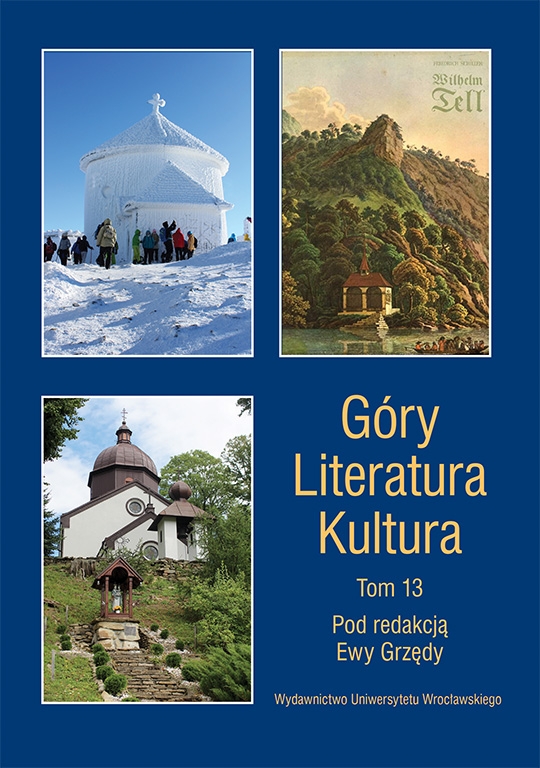

Rozprawy, studia, szkice

Mountainous regions have long been considered dangerous and difficult to penetrate. Only few people used to enter the widely uninhabited landscape for occupational purposes such as herding cattle, transporting goods, and mapping and surveying the land. At night and in the case of bad weather, these people found refuge at higher altitudes in rudimentary mountain huts. In the nineteenth century, the number of mountain travellers increased rapidly due to the construction of new train lines and other means of transportation, and they set out to spend their leisure time with climbing and hiking. This novel recreational use of mountain landscapes placed higher demands on local facilities and infrastructure. Newly established alpine clubs attended to the construction of new mountain huts from the Alps through the Carpathians to the Caucasus. This article discusses the construction activity of alpine clubs as a process of idealisation that continues to shape mountain landscapes until today.
Idealisation was not only achieved by means of written and visual representation, but complementarily by means of infrastructure, and it thus had a strong impact on the local social fabric. Mountain huts played a pioneering role in the touristic development of mountain regions, and in many instances, well equipped guesthouses and hotels were later constructed at the same site. This article analyses the appropriation of mountain landscapes through mountain huts and pays particular attention to the interactions between members of alpine clubs and the local population living in the mountains. The discussion is based on a set of travelogues, guidebooks, and annals by the Tatra Society, the Hungarian Carpathian Society, and the Transylvanian Carpathian Society which were published between the foundation of the first alpine clubs in the Carpathians in the 1870s and the beginning of the First World War. By highlighting the role of social background of agents, this article seeks to go beyond the focus in scholarship on nationalist interpretations. Rather, it reveals how landscape architecture attributed new cultural values to mountains in modernity.